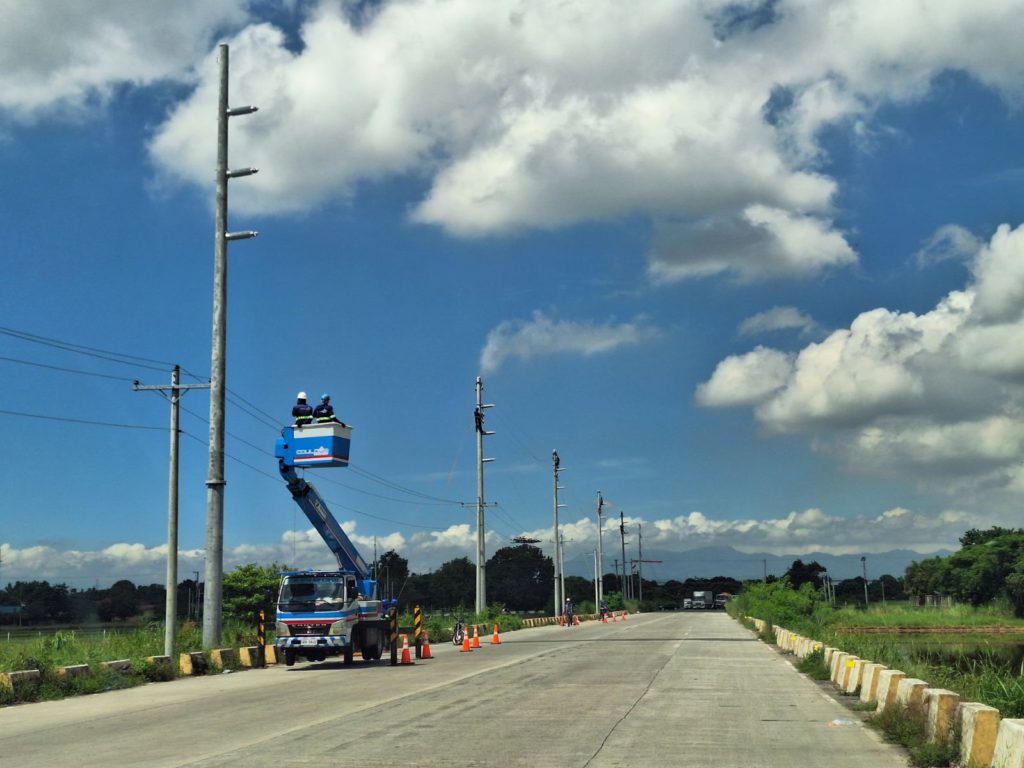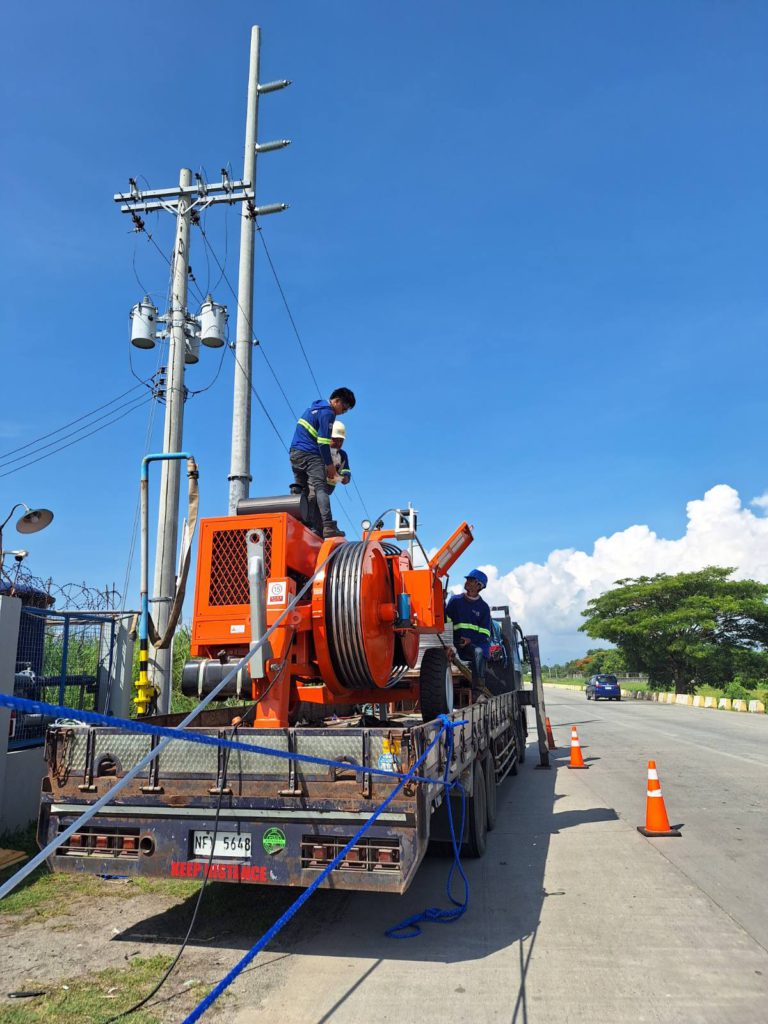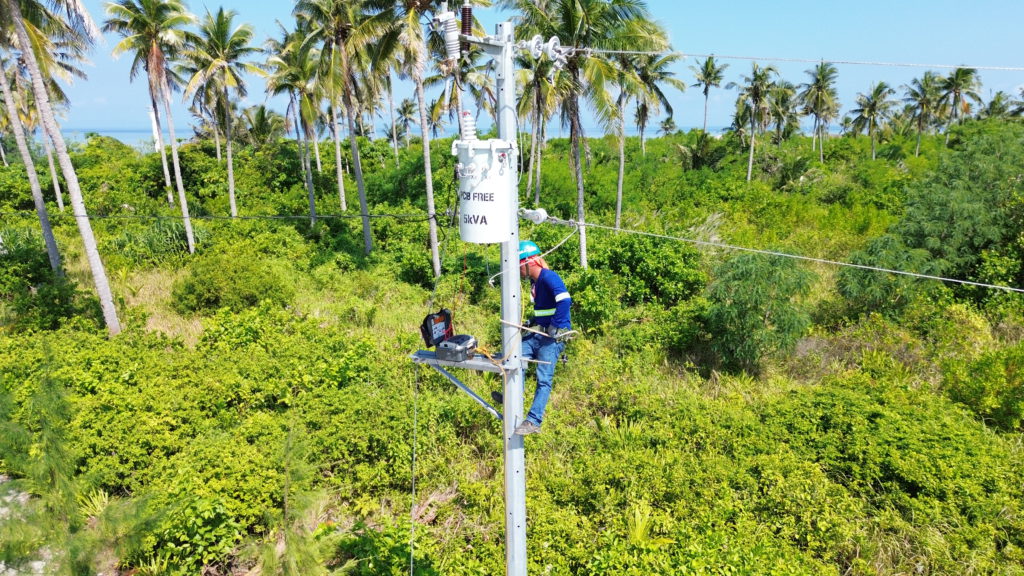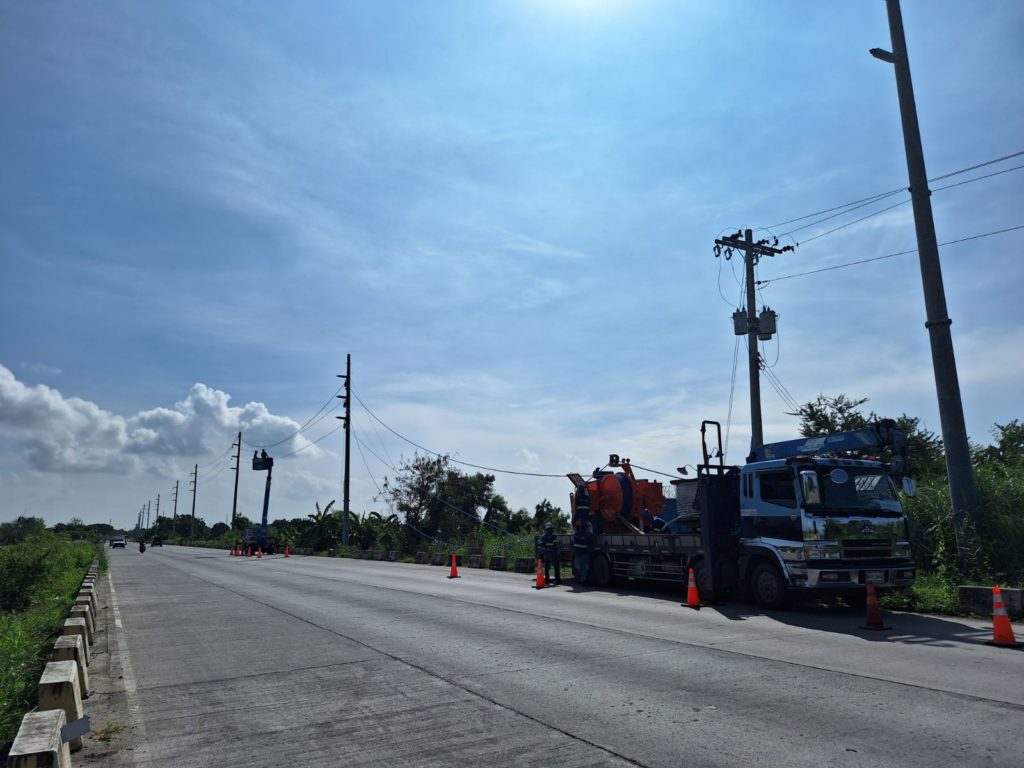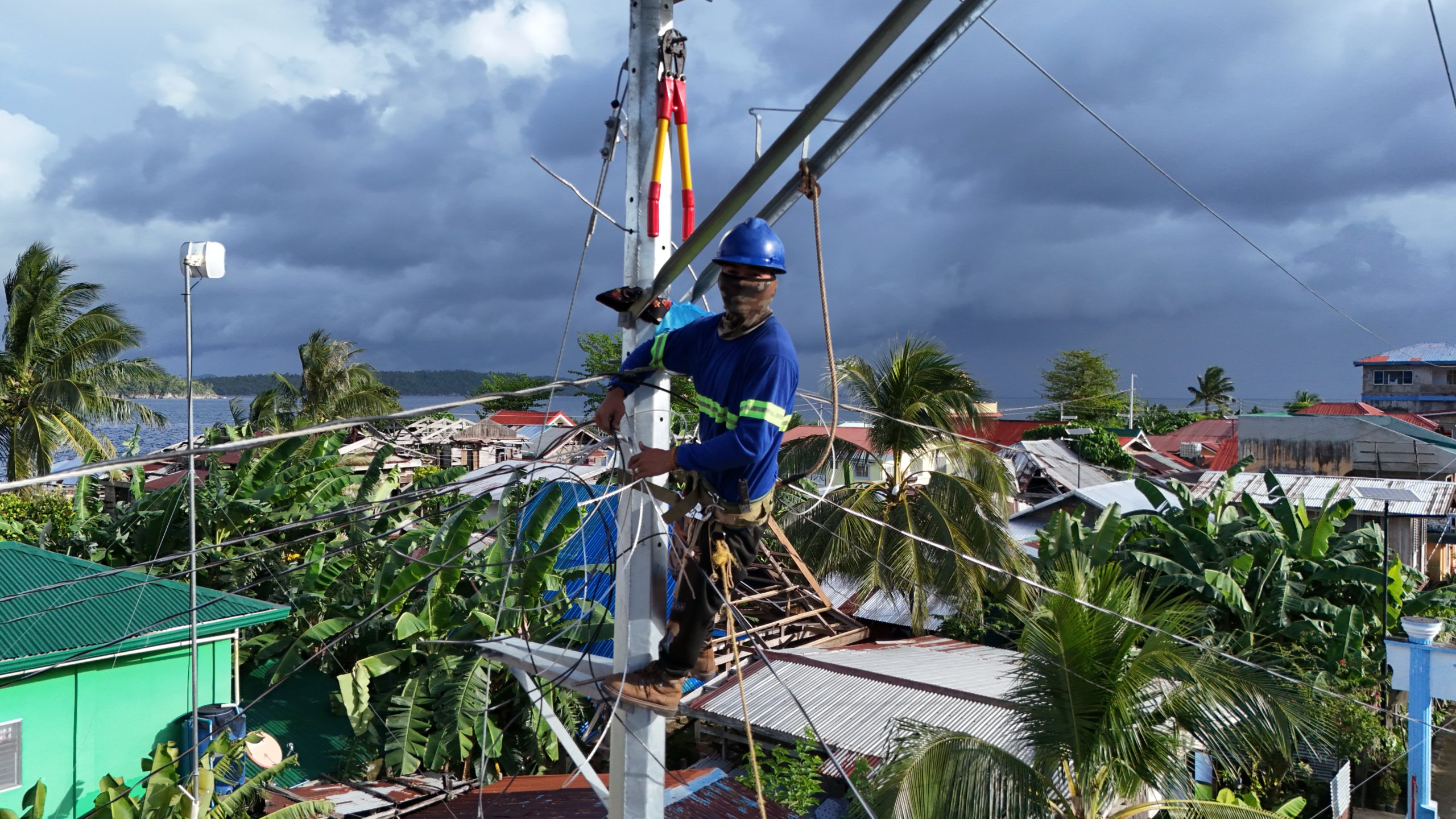Substation EPC
By user |
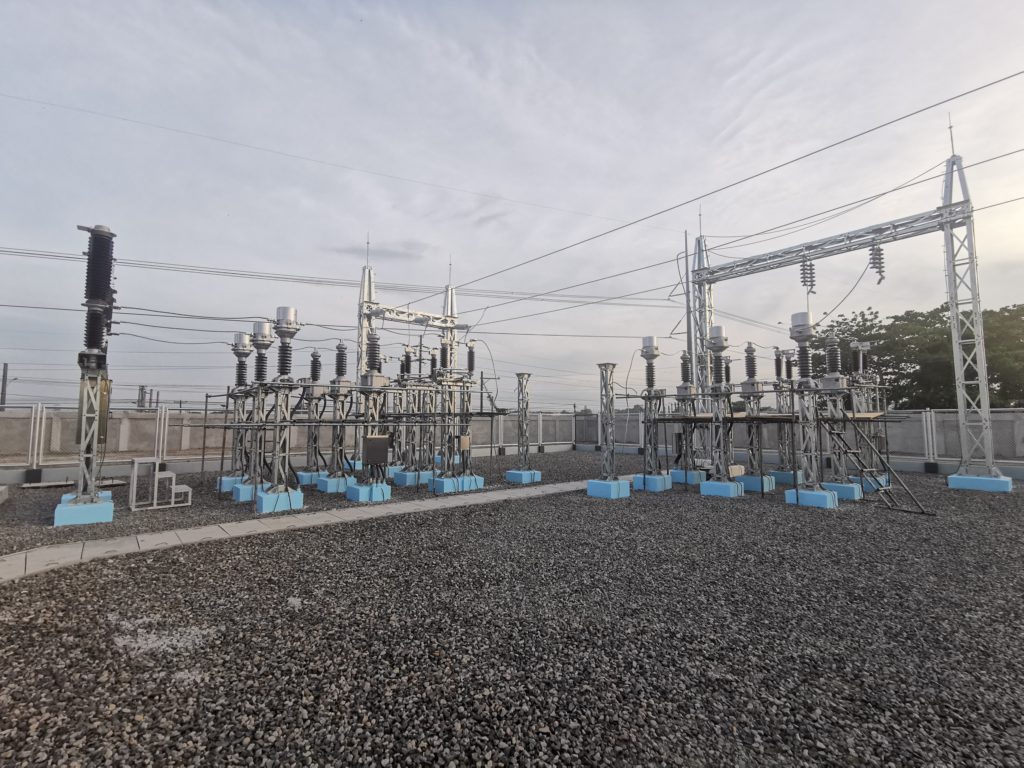
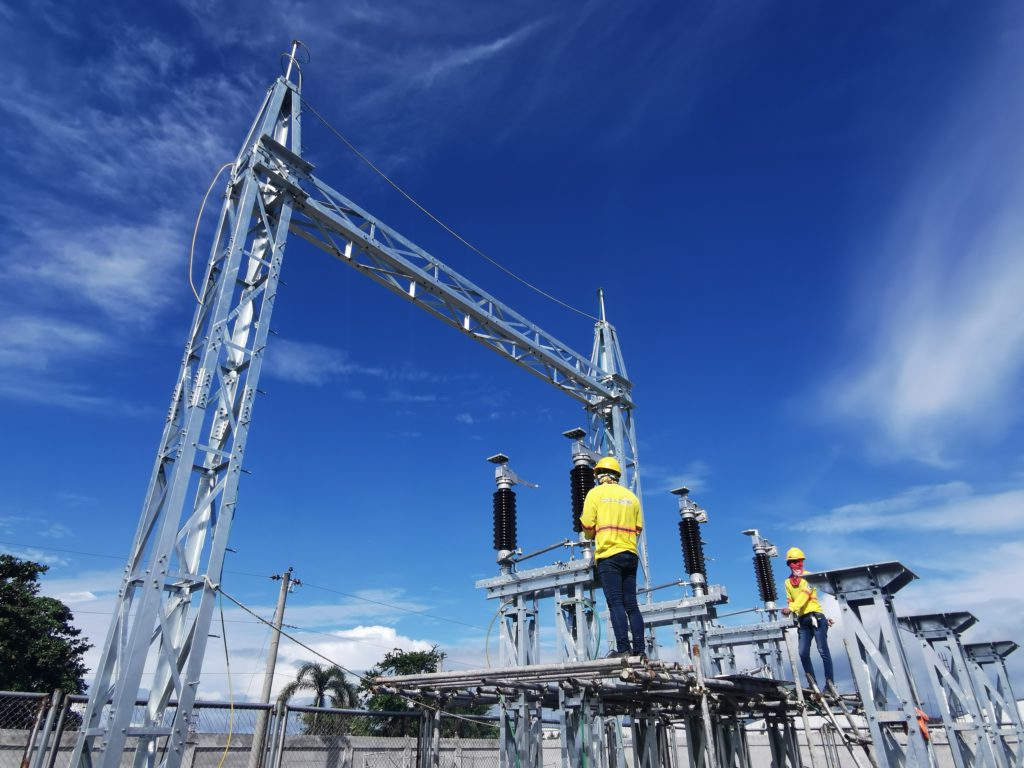
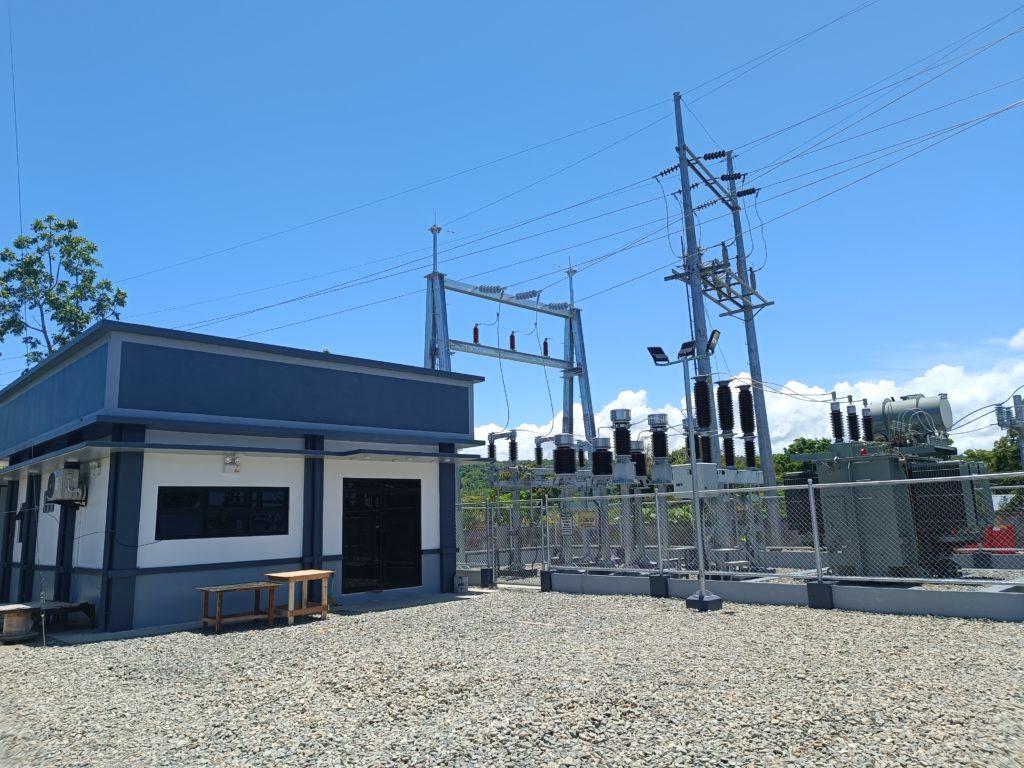
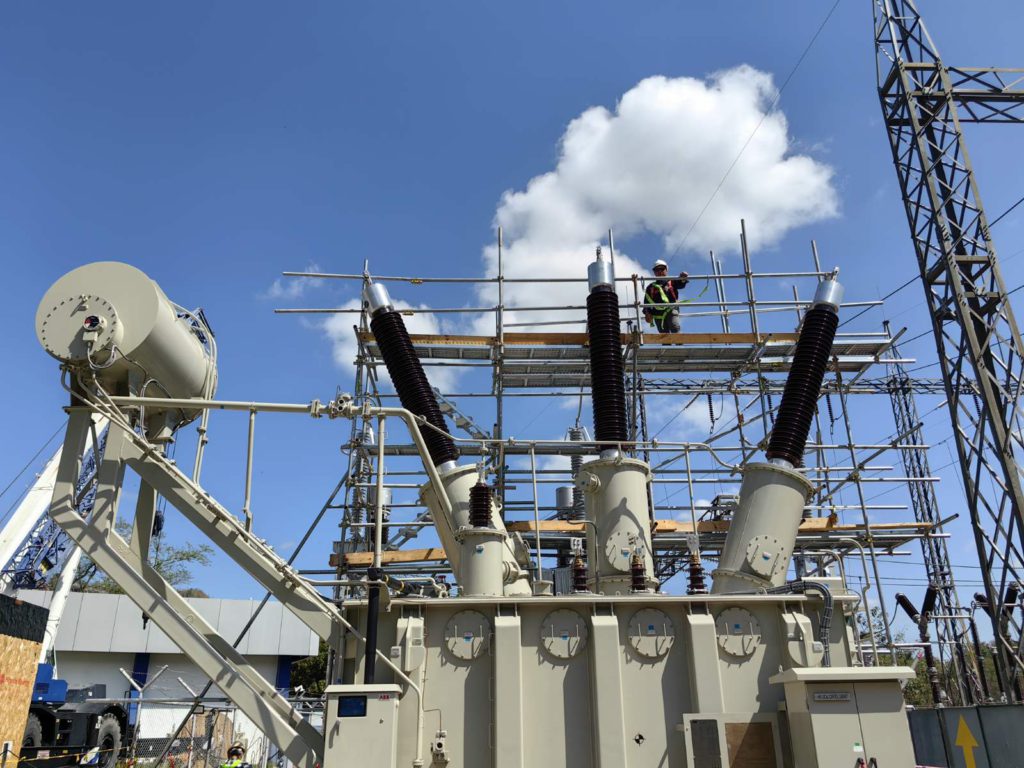
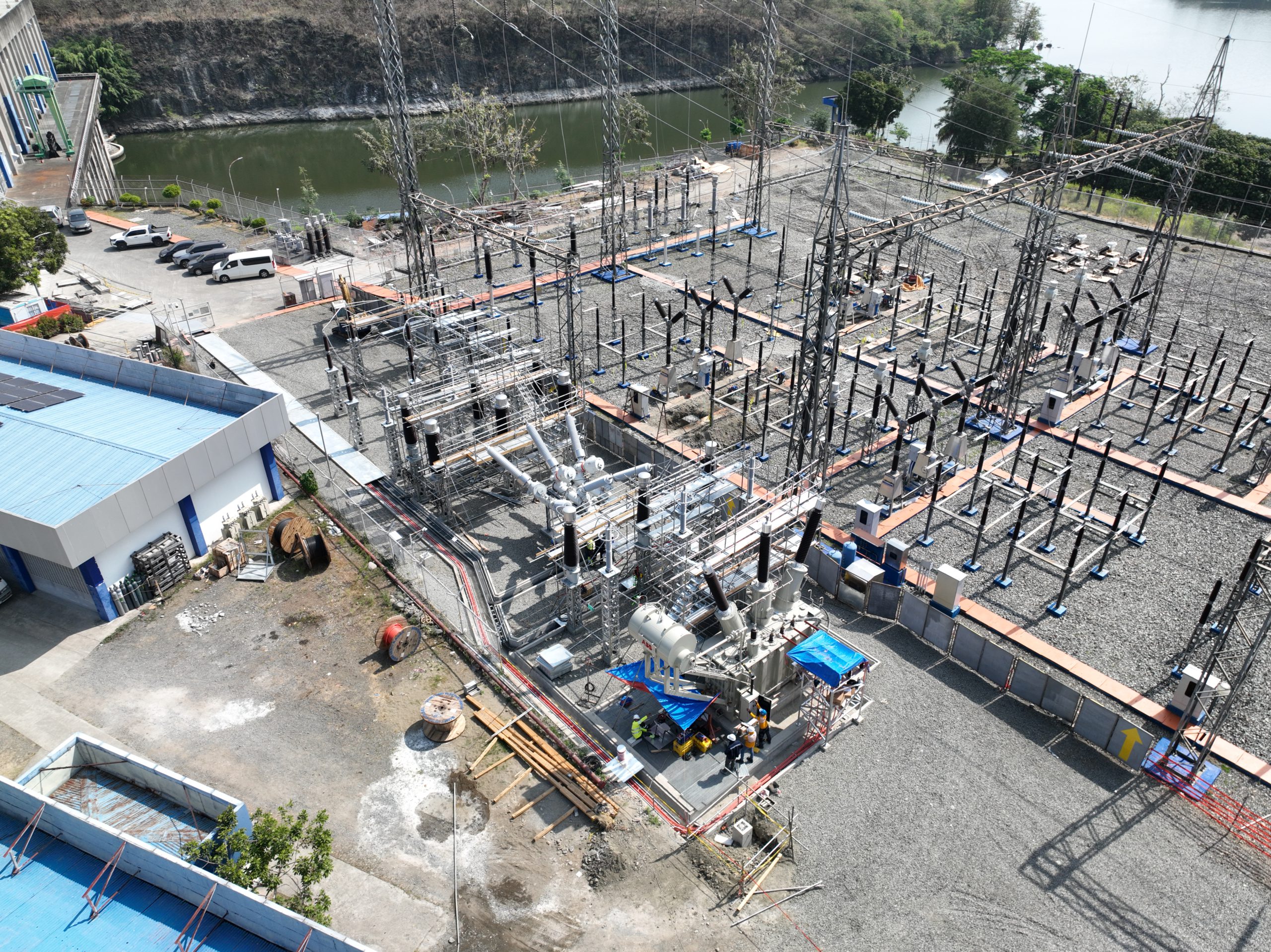
Our Substation EPC (Engineering, Procurement, and Construction) project involves the complete design, procurement, and construction of an electrical substation. Electrical substations play a crucial role in the power grid by transforming voltage levels, distributing electricity, and ensuring the reliability and efficiency of the transmission and distribution systems.
Substation EPC projects can vary in size and complexity. They may involve different types of substations, such as:
- Step-up Substations: These are located near power plants and increase the voltage for efficient long-distance transmission.
- Step-down Substations: These reduce the voltage for distribution to end-users.
- Switching Substations: These allow for the control and switching of power flows in the grid.
Substation EPC projects are critical to the overall reliability and functionality of the electrical grid. They require a coordinated effort to ensure that the substation is designed, built, and commissioned according to specifications and regulatory requirements. The EPC approach is often used to streamline the management of the project by assigning responsibility for engineering, procurement, and construction to a single entity or consortium.
Industrial Electrical System Solutions
By user |
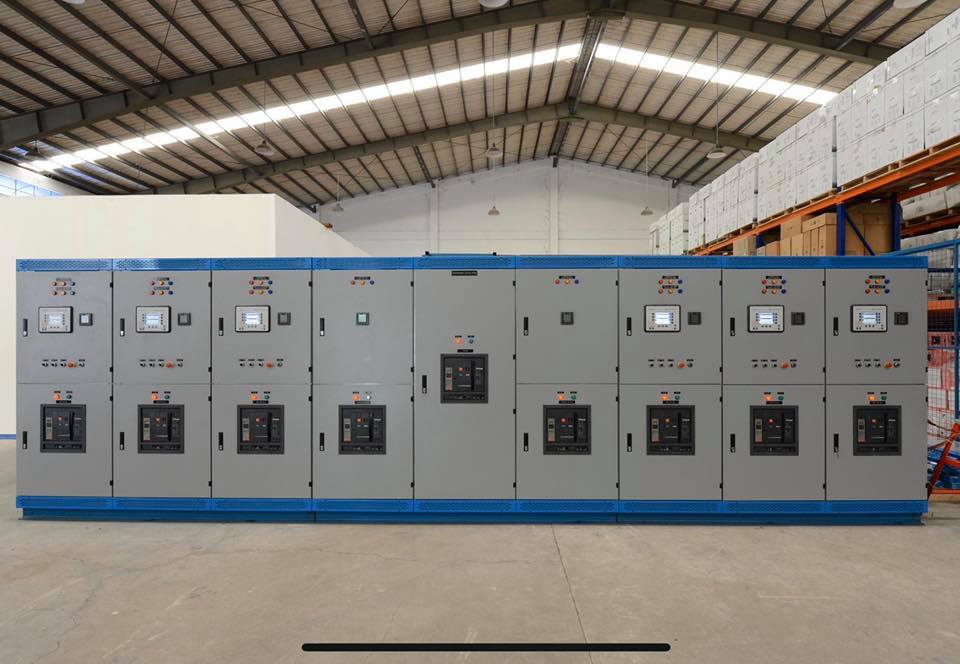
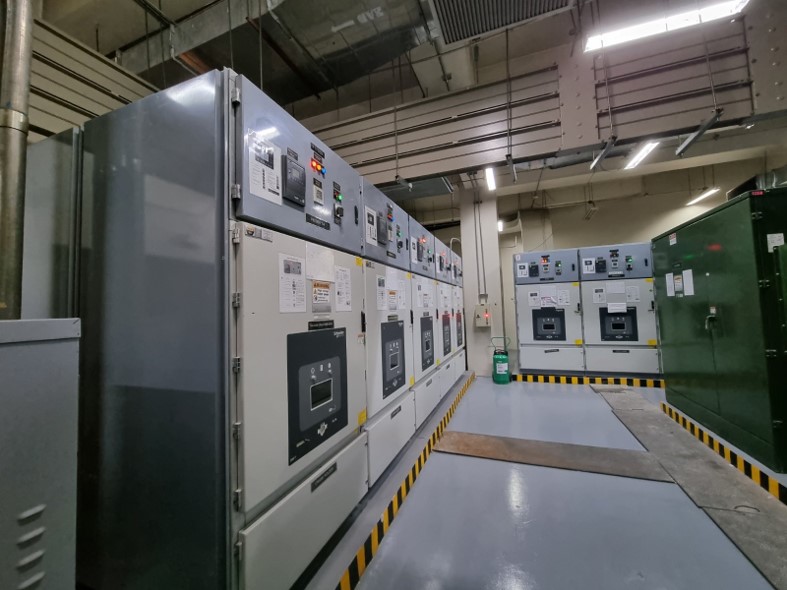
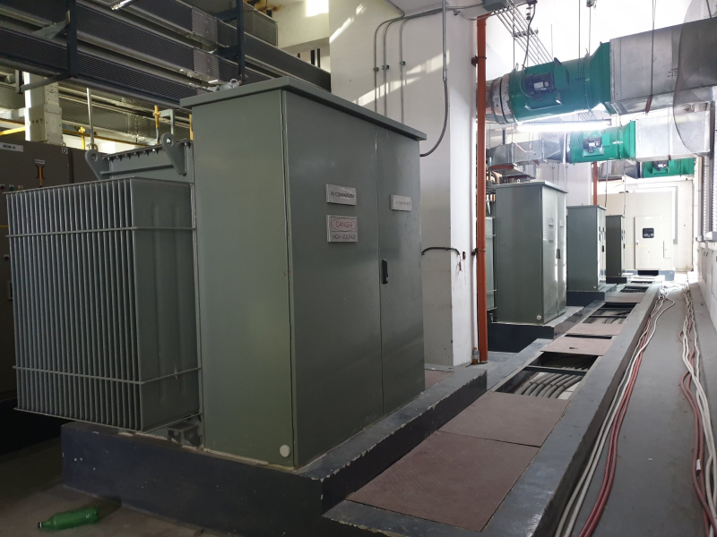
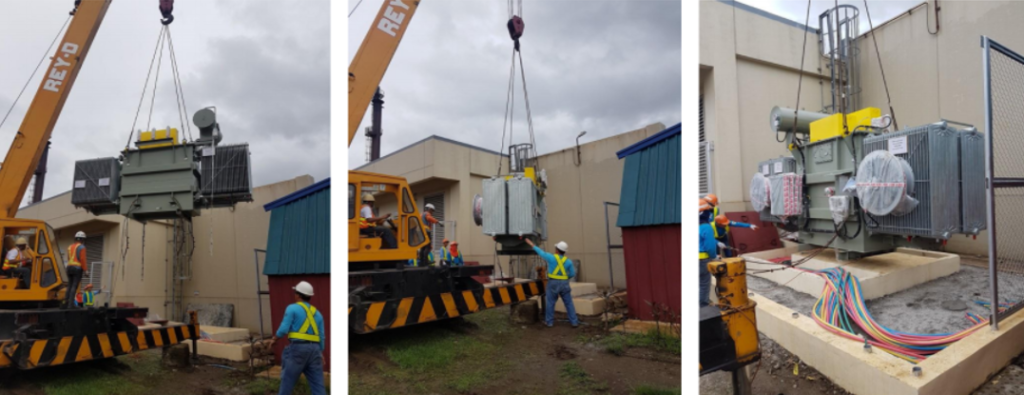
Industrial electrical system solutions refer to comprehensive services and solutions provided to meet the electrical needs of industrial facilities. These solutions cover a broad range of services, from the design and installation of electrical systems to ongoing maintenance and optimization. The goal is to ensure a reliable, efficient, and safe electrical infrastructure tailored to the specific requirements of industrial operations.
Here are some key components of industrial electrical system solutions:
- Design and Engineering: This involves the planning and design of electrical systems tailored to the unique requirements of industrial facilities. It includes considerations for power distribution, lighting, control systems, instrumentation, and safety features.
- Power Distribution Systems: Industrial facilities often have complex power distribution needs. Solutions may include designing and installing high-voltage distribution systems, transformers, switchgear, and other equipment to efficiently and safely distribute electrical power throughout the facility.
- Automation and Control Systems: Many industrial processes rely on automation and control systems. Industrial electrical solutions may include the design and implementation of control panels, programmable logic controllers (PLCs), distributed control systems (DCS), and other technologies to automate and monitor industrial processes.
- Instrumentation: Industrial processes often require precise monitoring and control. Instrumentation solutions involve the installation of sensors, transmitters, and other devices to measure and control variables such as temperature, pressure, flow, and level.
- Safety Systems: Ensuring the safety of personnel and equipment is a critical aspect of industrial electrical solutions. This may involve the implementation of safety systems, emergency shutdown systems, and compliance with relevant safety standards and regulations.
- Energy Management and Efficiency: Industrial electrical system solutions may include strategies to enhance energy efficiency and reduce operational costs. This can involve the integration of energy-efficient technologies, power factor correction, and the implementation of energy management systems.
- Maintenance and Support: Ongoing maintenance and support services are crucial to ensure the continued reliability of industrial electrical systems. This may include routine inspections, preventive maintenance, troubleshooting, and emergency support.
- Compliance and Regulations: Industrial electrical solutions need to comply with various industry standards, codes, and regulations. This includes electrical safety standards, environmental regulations, and industry-specific guidelines.
Overall, industrial electrical system solutions aim to provide a comprehensive approach to meeting the electrical needs of industrial facilities, taking into account the specific challenges and requirements of each industry sector. These solutions are often provided by specialized engineering and electrical service companies with expertise in industrial applications.
